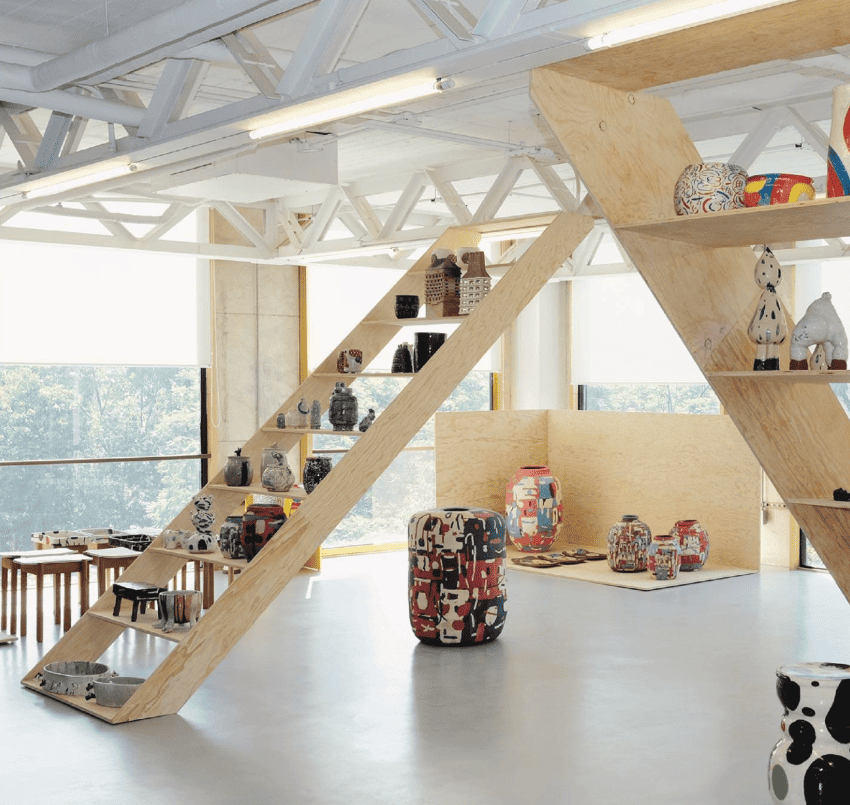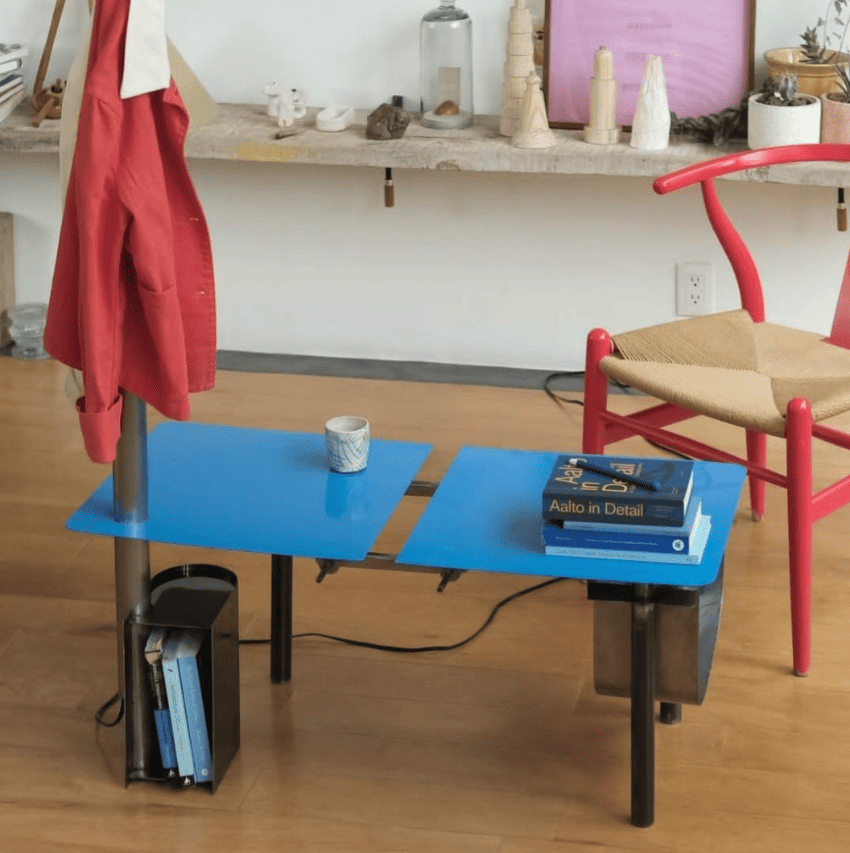Mexico City is home to hundreds of architecture firms of all shapes and sizes. For many years, big and multi-generational firms dominated the architectural landscape, but nowadays countless other smaller firms provide a wide variety of approaches, focuses and specialties.
Mexico News Daily interviewed the creators of Estudio Estudio, a small avant-garde architecture firm in Mexico City founded by sisters Inés and Nuria Benítez.

Nuria and Inés grew up in Mexico City and studied architecture at the National Autonomous University of Mexico (UNAM). After their studies, they parted ways to complete their master’s degrees: Inés studied at Harvard Graduate School of Design and Nuria went to the Royal College of Art in London.
Their different journeys found their way back to Mexico City, where they decided to put into practice their similar approaches to design and architecture. Estudio Estudio was born to explore the intersection between architecture, art, research, culture and problem-solving.
Based in La Roma, Estudio Estudio’s work focuses on small-scale projects, such as residential spaces, exhibitions, interior design and other small research projects. The sisters bring an entirely collaborative approach to their work, creating open and considerate relationships with their clients in which they try to “take their ideas in like an incubator,” Nuria and Inés said.
It’s good to have different approaches

Firms in Mexico City that are older and larger, as well as evergreen influences like Luis Barragán, remain important to Mexican architecture and the way architects are taught in their field. “They are pillars of our country’s history and a big part of how we learn to think, define, do and construct architecture,” says Nuria. “Many of us have passed through those firms as part of our professional experiences.” However, as they develop and change professionally, some architects find themselves in need of a different point of view.
As the creators of Estudio Estudio have moved away from these firms to practice independently, they mention the increasing importance of considering current environmental and social factors in design. Factors like climate crisis, population density and the growth of urban construction impact their work. “It’s also architecture to rethink, recycle structures, redefine existing spaces,” commented Nuria.
The Benítez sisters believe that the new generation of Mexican architects is embracing the notion of collectiveness within their work as they try to consider solutions for increasingly complicated and more nuanced problems. They also try to focus more on the process than the result. “I think our focus is a language on its own: it’s a conceptual focus, sort of like a methodology, on how we do things and not so much what we do,” said Inés, describing Estudio Estudio’s philosophy.
When asked how small architecture firms can contribute to the general landscape of the country, Inés and Nuri agree that more is better. “Everything is a sum of its parts, and the more features it has, in this case, the richer the sum will be. I think the portrait of Mexican architecture is better described if it’s in the hands of many than in the hands of less … each one of us has something to say that can add to the general discourse,” she added.
Understanding Mexico through architecture
From a cultural point of view, architecture has provided Mexico with pillars that have defined a part of the nation’s identity. Archaeological sites, pyramid ruins hidden in cities and centuries-old colonial buildings remain intrinsically linked to what it means to be Mexican. But architecture’s influence doesn’t stop there.
“Architecture, even if we don’t like it or if it isn’t immediately interesting to us, is one of the portraits that I think illustrate a culture the most,” commented Nuria.
Nuria and Inés tell us that the general public often overlooks architecture as merely aesthetics, design and construction. But they invite us to reconsider this notion and reflect on how architecture affects our understanding of space.
“If you, as a foreigner, sit and observe Mexico, you can understand much about our culture,” said Inés. Everlasting construction, traffic and city chaos can reflect the actuality of our political and social economy. On the other hand, street markets can display “our capacity to improvise and to make do with what we’ve got, something that works or serves some purpose,” continued Inés. A “tianguis” (market) for example is a continuing echo of a tradition of outdoor commercial exchange that stretches far back in history.
We know Mexico to be a country abundant in contrasts — modern and ancient, rich and poor, urban and rural — and these can sometimes be difficult to grasp or mesh together. However, as the Benítez sisters remind us, observation can go a long way, and maybe it’s the architecture of it all that can help us understand the cracks in between.
Montserrat Castro Gómez is a freelance writer and translator from Querétaro, México.
